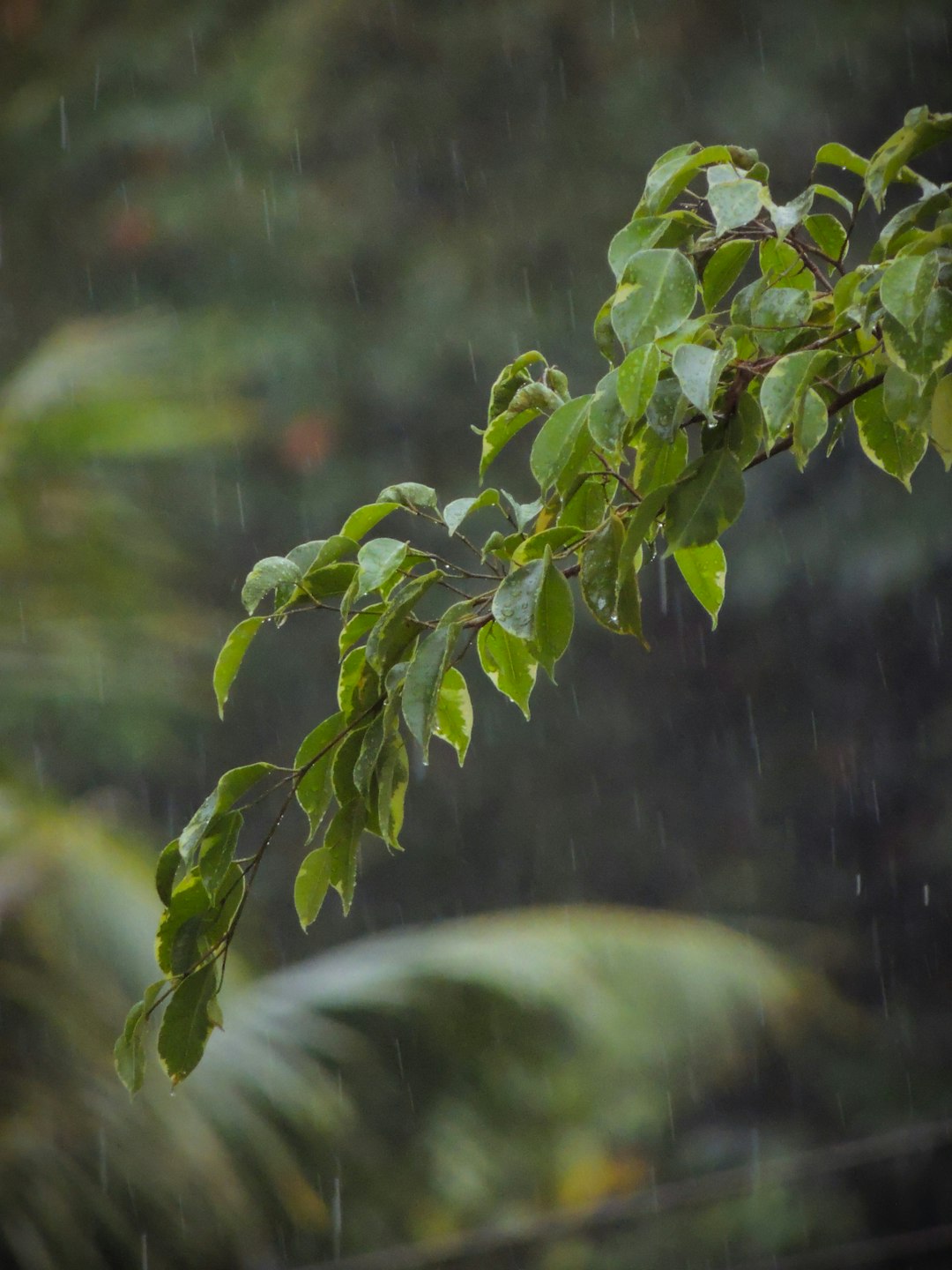Understanding Monsoon: The Life-Giving Rain
Monsoons are powerful seasonal winds that mark dramatic changes in weather, climate, and even culture in many parts of the world. Derived from the Arabic word "mausim" meaning "season," monsoons are most famously associated with South Asia but have significant impacts in several other regions. This article dives deep into the phenomena of monsoons—examining their causes, types, global distribution, impacts, and recent challenges amid climate change.
What is a Monsoon?
A monsoon refers to a seasonal change in the prevailing wind direction that often brings significant alterations in precipitation. The classic example is the summer monsoon in Asia, where winds from the southwest lead to prolonged and intense rains, vital for agriculture and daily life.
The Science Behind Monsoons
Monsoons are primarily driven by the differential heating of land and water. During the summer, land heats up faster than oceans, creating low-pressure areas over continents. Cooler, high-pressure air over the ocean rushes in to fill the void, bringing moist air—this causes heavy rains. In winter, the process reverses, with continental high-pressure air blowing out towards the seas, generally resulting in dry weather inland.
Simplified Process:
| Season | Land Pressure | Ocean Pressure | Wind Direction | Result |
|---|---|---|---|---|
| Summer | Low | High | Ocean → Land | Wet (Rainy Monsoon) |
| Winter | High | Low | Land → Ocean | Dry |
Types of Monsoons
Monsoons are generally categorized based on their cycle and region:
1. Summer Monsoon (Wet Monsoon)
- Region: South Asia, West Africa, Southeast Asia
- Time: June to September
- Characteristic: Brings heavy rainfall due to moist air from oceans.
2. Winter Monsoon (Dry Monsoon)
- Region: South Asia, East Asia
- Time: October to March
- Characteristic: Dry, as cold, dry air moves from land to ocean.
3. North American Monsoon
- Affects the southwestern US and northwestern Mexico during July to September, bringing thunderstorms and a shift in wind and humidity patterns.
| Monsoon Type | Major Regions | Months Active | Impact (Rain/Dry) |
|---|---|---|---|
| Summer (Southwest) | South Asia, Africa | June – Sep | Wet |
| Winter (Northeast) | South Asia, East Asia | Oct – Mar | Dry |
| North American | SW US, NW Mexico | July – Sep | Wet (localized) |
Global Distribution of Monsoons
| Region | Key Countries | Rainfall Contribution (%) | Economic Reliance |
|---|---|---|---|
| South Asia | India, Bangladesh | 70–90% annual rainfall | Agriculture, water resources |
| East Asia | China, Japan, Korea | 40–60% annual rainfall | Rice, tea cultivation |
| West Africa | Nigeria, Ghana | 50–85% annual rainfall | Crop and livestock production |
| Australia | North Australia | 70–80% annual rainfall | Pasture growth, indigenous needs |
| North America | US (AZ, NM), Mexico | 40–60% summer rainfall | Drought break, wildfire control |
Impacts of the Monsoon
1. Economic
- Agriculture: Monsoon rains are a boon—supporting rice, sugarcane, cotton, and more. In India, over 60% of agriculture depends on monsoonal rains.
- Hydropower: Water from monsoon-fed rivers fills reservoirs.
- Industry: Many industries, especially textiles, rely on good monsoons for raw materials and water supply.
2. Environmental
- Biodiversity: Monsoon forests (tropical deciduous) depend on these rains.
- Rivers & Wetlands: Major rivers like the Ganges, Mekong, and Niger swell during monsoon.
3. Social and Cultural
- Festivals, literature, and daily life rituals have deep connections with the monsoon (e.g., India's monsoon songs and festivals).
4. Hazards
- Flooding: Rivers overflow; urban areas suffer waterlogging.
- Landslides: Mountainous regions (Himalayas, Western Ghats) are prone.
- Disease: Water-borne diseases like malaria and cholera can spike.
Major Flood Events Linked to Monsoon
| Year | Location | Rain Amount | Impact |
|---|---|---|---|
| 2005 | Mumbai, India | 944 mm (24h) | ~500 deaths, city shutdown |
| 2010 | Pakistan | – | 20 million displaced |
| 2018 | Kerala, India | Record highs | 400+ deaths, extensive damage |
Monsoon & Climate Change
Climate change is altering monsoon patterns, making them more unpredictable.
- More Intense Rains: Warmer atmosphere holds more moisture.
- Irregular Onset: Late or early arrival affects crops.
- Longer Dry Spells: Can cause droughts even during monsoon months.
Adaptation and Management
Technological Interventions:
- Improved weather forecasting
- Construction of dams, embankments, and rainwater harvesting
Policy Measures:
- Crop insurance schemes
- Disaster preparedness and rapid response
Conclusion
The monsoon remains a paradox—equal parts life-giving and destructive, crucial and capricious. Understanding monsoons is not just a meteorological concern but a societal necessity. As climate change brings new uncertainties, investment in research, forecasting, and adaptive strategies will be key to harnessing the monsoon’s blessings while minimizing its risks.
References:
- Indian Meteorological Department
- World Meteorological Organization
- Intergovernmental Panel on Climate Change (IPCC) Reports
Tables in this article have summarized the key aspects of monsoon science, distribution, and impact for easy reference and comparative understanding.
